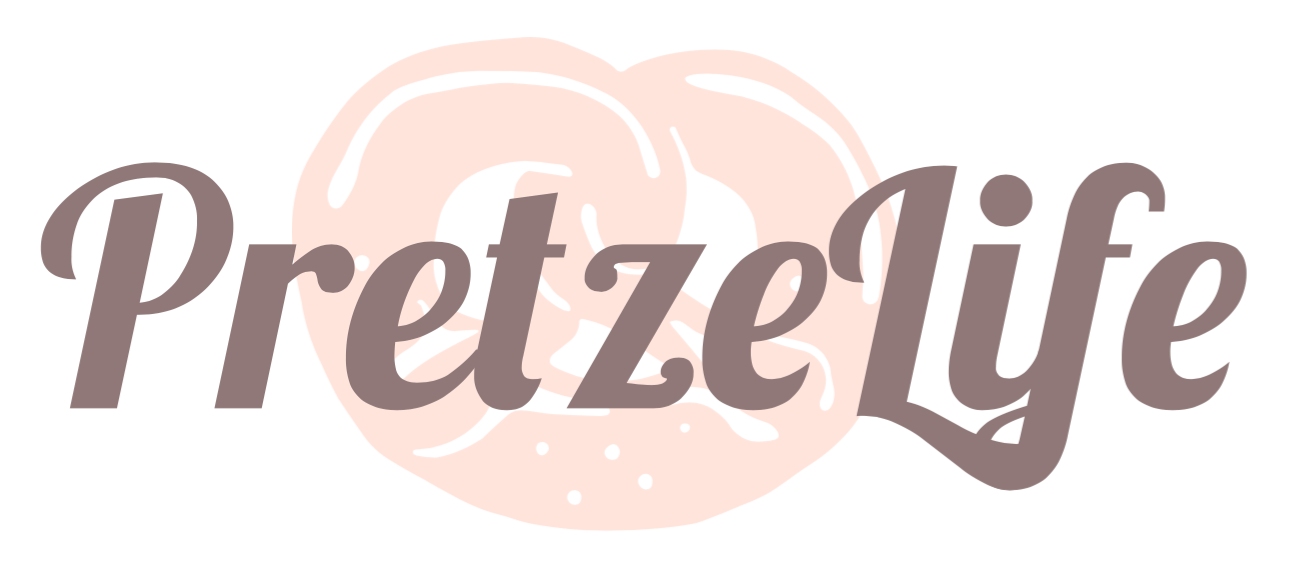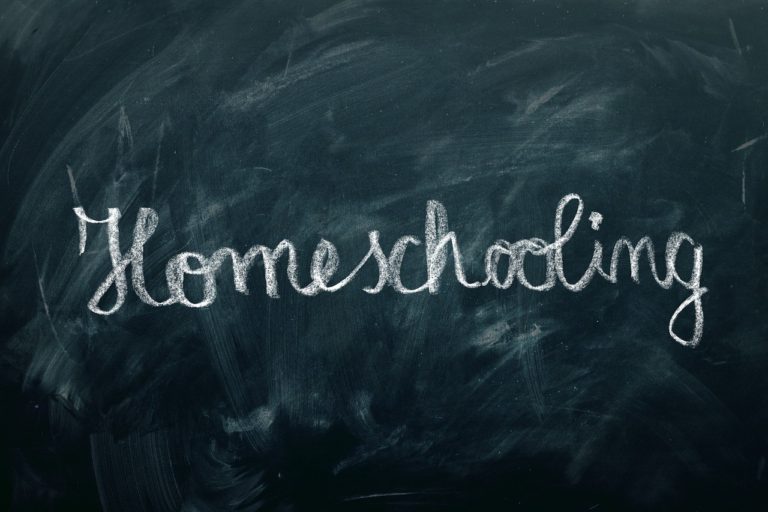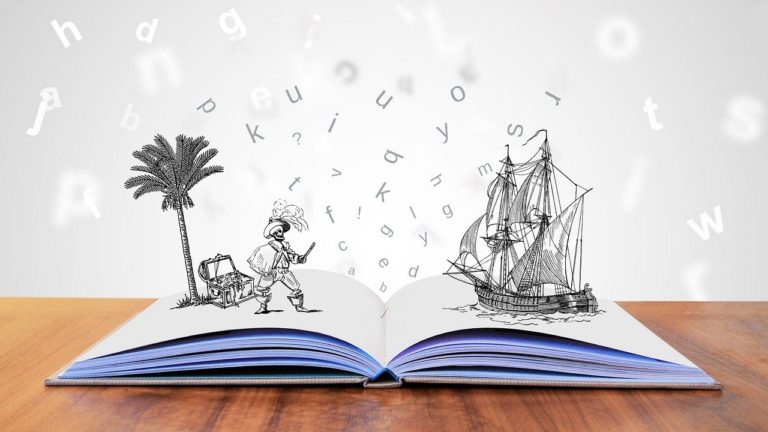Homeschooler’s Guide to Learning Styles
One night I was trying to help my son study for a test because he was struggling to remember the information. He was in third grade, which was a transition year for my students because they gained more responsibility in class. I would quiz him on the notes he had been given and go over the information he missed. After the first round, I asked if he had studied because I reviewed most of the information with him. During the second round of questions, he began literally doing flips on my bed while answering the questions despite my efforts to get him to be still and FOCUS. I was so frustrated, but surprisingly he was retaining the information through all the wiggling! How? He is a kinesthetic learner.
Contents
What is a learning style?
Everyone has a method they use to remember information. I remember things better when I write the information down. I have to take notes to retain the material I am trying to learn. On the other hand, my son has no problem remembering what he hears; no note-taking is required. While you can take quizzes to determine your learning style, the truth is we use different methods depending on the material being learned. You will not learn to ride a bike simply by reading instructions or looking at a diagram. That is a hands-on learning experience. That said, each one of us has a style that works best for information retention.
Why does knowing learning styles matter?
This knowledge will help you keep your sanity! It drove me crazy at first when my son would not take notes. I was always encouraged to take notes and review them for assessments. I thought there was no other way. I was wrong. Each student has a way they learn new information efficiently. Knowing your student’s learning styles will help you work with them and maintain a happy household.

6 Styles of Learning
Look up learning styles online, and you will find as many as 12 to learn about. The VARK model created in 1987 by Neil Fleming gives us four main types of learners. These are Visual, Auditory, Reading/Writing, and Kinesthetic. These correspond with our five senses, so I used them while teaching my children. Depending on the material being taught, you will use different methods. Many times I would switch my method. If explaining verbally wasn’t working, I chose a different method to teach the material, like drawing a flow chart.
Visual Learning
Visual learners retain information better if they see it. When they need to recall the information, they visualize it in their head. Using graphs, maps, charts, diagrams, and infographics is wonderful for these students. I had a teacher tell me once to have my student draw pictures of what he was learning. Later he would remember the material by recalling the picture he drew.
Auditory Learning
Auditory learners retain the information they hear. Listening to lectures and group discussions work well for these students. Having your student explain ideas back to you will also help them remember. When trying to retain reading material, reading aloud helps. Many platforms, such as Kindle, have a text-to-speech feature. My son used this feature often when reading books and lessons for school.
Reading/Writing Learning
This is the traditional study method. These students remember information they read or take notes on. They take notes during lectures and appreciate handouts and worksheets. They learn through written words. To study, these students do better rewriting and rereading their notes.
Kinesthetic Learning
Kinesthetic learning is what I call active learning. In a classroom environment, though, these students perform better when they can move. They may doodle or fidget. Remember, my son learned historical facts while tumbling on the bed. They are more focused while in motion. The student learns through personal experience, practice, and replication.

The following two learning types are Social and Solitary. Knowing how your student learns better between these two will help decide your homeschool type. While many students thrive in a classroom environment, others thrive working independently.
Social Learner
Social learners are also called interpersonal learners. These students thrive in a group setting. They like sharing their knowledge and learning from others. When homeschooling these students, giving them a social outlet will be important. This can be a study group, homeschool support group, group classes at the library, or group sport. Homeschool curricula can be found that provide group lessons. Co-op Classes available in some areas are interactive group learning opportunities. Classes are taught by parent volunteers.
Solitary Learner
Solitary learners are also known as intrapersonal learners. Intrapersonal learners work best when left alone without distractions. They are self-motivated, independent thinkers and like to set goals or make plans. These students are not as comfortable with group projects or discussions. My daughter thinks she doesn’t have as much control over her grade if she is in a group project and would rather do it herself. She is a classic solitary learner. Homeschool has been perfect for her. She has felt more in control of her studies and no longer waits on others to move on to the next lesson.
Conclusion
Homeschooling gives you the flexibility to work with your students in the style of learning they benefit from the most. If you are beginning in elementary school, you will begin with a lot of hands on applications in order to keep the children engaged. As they grow older they will learn what method works best for them naturally. By fourth grade, my daughter told me to leave her alone she could figure the lesson out on her own and she did. My son thrived better in an homeschool environment because in a classroom he could not sit still. Being able to take frequent breaks in between lessons help him focus. But being an audible learner as well he retains more with teacher lectures so online school at home worked well.
When considering what you homeschool will look like, take in consideration whether you child is a social or solitary learner. Solitary learners will enjoy an online curriculum or working independently through a set of studies. Social learners will want interaction with others in discussion groups or a class setting. Being part of a Homeschool Co-op or participating in group activities is good for these students.






